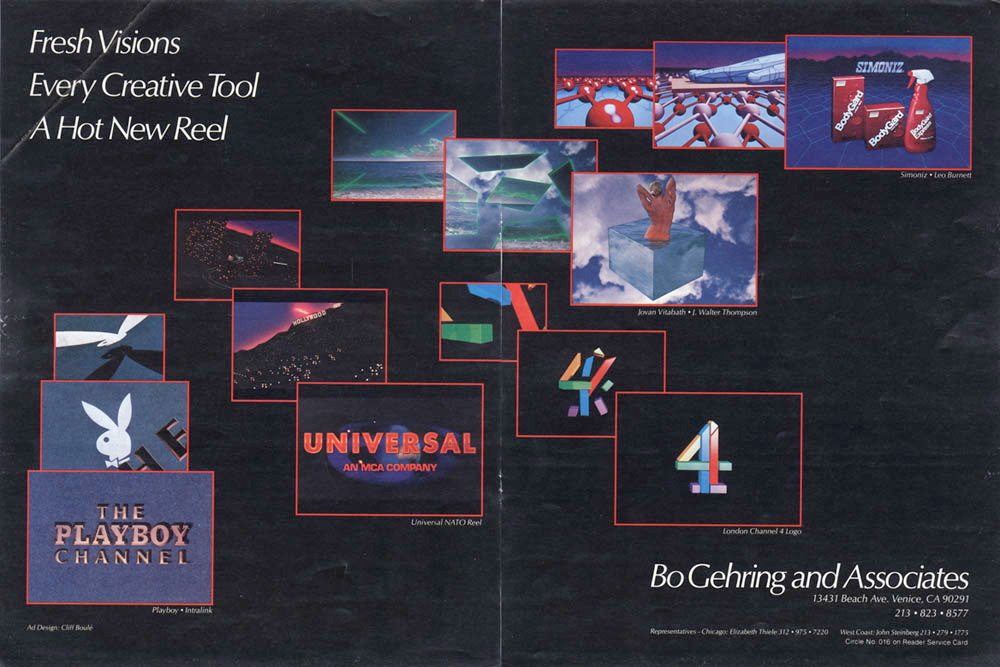All the information you specifially want was on schoolstv, operated by James Hudson
B.Eng(Hons) MIEE ,which was later merged into TV ARK.
"ITV Schools was scheduled to move onto Channel 4 on September 14th 1987. It became Jim Stokoe's task to co-ordinate the move. Jim Stokoe designed all of the actual ITV Schools animations at Central Television, Birmingham, England. Working with Marc Ortmans (then at Channel 4, but now co-owner of a Graphics company), Dean Stockton (then Channel 4 and was Director of Programming for OnDigital) who were involved with the initial acceptance, but the animated sequences were designed by Jim Stokoe and Jim Chalmers at Central Television (now Carlton).
Jim recalls: "I edited the animated pieces so that there were various forms and lengths with a seamless transition (very hard to do in those days). The ITV Schools clock had to adhere to all the rules and regulations of ITV and ITC as well as gain approval from Channel 4. Remember, this was the only 'clock' that was "legitimately" shown as a countdown before programmes - believe it or not some companies had a station clock which simply told the time. Obviously, the music had to match the countdown speed."
Further research has shown that it was highly likely that Jim Stokoe and his team used graphics workstations of the time. Final development, according to Jim, was in a small room in the "depths of Soho" (London). Wire meshes were used in design and preview with the materials and textures added later. Those being Silver with the front bevel using cyclic colour scrolling created separately. Detailed information about the design i.e. system, software and company who created it are featured in the CGI Design section within the menu.
The animation started as some sketches in storyboard format. The paper came to life in the digital world in the form of the ITV Schools 3D Holding Device incorporating the clock too. Jim Stokoe and Jim Chalmers took their storyboard to a graphics facility company in Soho, London. The facility company was called Electric Image and they created the animation.
Electric Image produced the actual animations under the supervision of concept designer Jim Stokoe. Electric Image utilised the "in" system of the time for broadcast animations. The system the animations were created on was a Symbolics LISP unit. The Symbolics LISP system tended to do all the rendering calculations in microchips as opposed to Software rendering we see today.
Supplied with the system was of course the neccessary software. Jim and his crew used S-Geometry to create the 3D world the animations reside in. S-Render was the animation engine used to render the materials and final design. This system cost around £50 000 and was a beast! "I did do a copy of it [animations] at the time for our company DFG to prove how this then low cost machine could compete with the pricey workstations," says Ciaran Devine. Ciaran worked in another company in the same locale and it was the talk of the Soho graphics community at the time. Ciaran also co-produced the graphics for the Children's ITV series, Knightmare.
Jim Stokoe also said they used another piece of software called Dubner, which was new to Electric Image. Dubner was a dedicated computer graphics system and is now part of Discreet (who make 3D Studio Max®). This was a system for compositing and frame painting, which is known in the industry as Rotoscoping. Central Television did not have an in-house Symbolics system until after the animations were produced.
And here's a little thing you probably don't know. The animated 3D Central Television 'cake' logo from the late 1980s was created on a Symbolics LISP CGI station. Incidentally, there was a short lived publication in the late 1980s that, not surprisingly, was called Computer Images. I believe the ITV Schools animations were a possible feature in it. I'm actively trying to locate a copy of this former magazine. Get in touch with schoolsTV.com if you have copies and / or back issues.
"
Last edited by IndigoTucker on 18 January 2021 11:57am - 2 times in total
